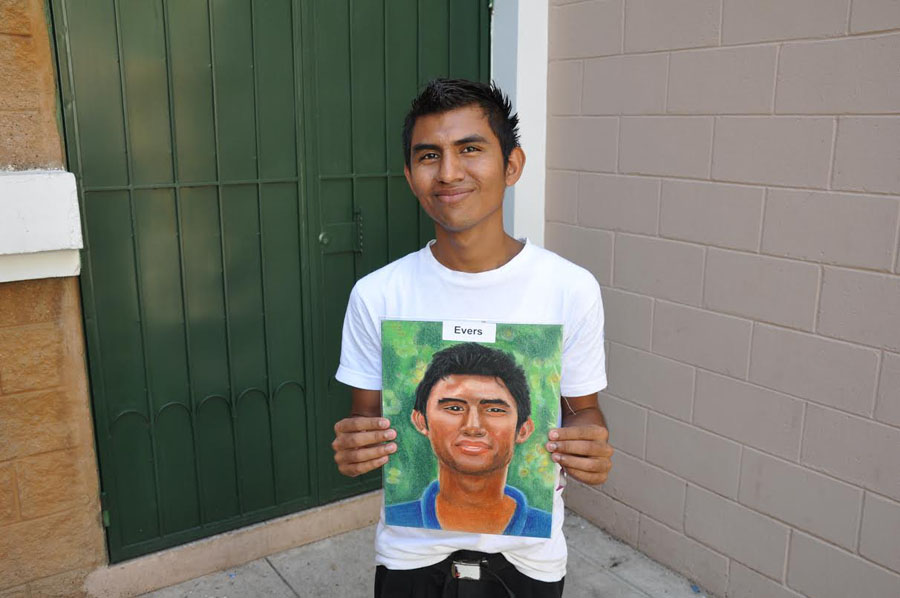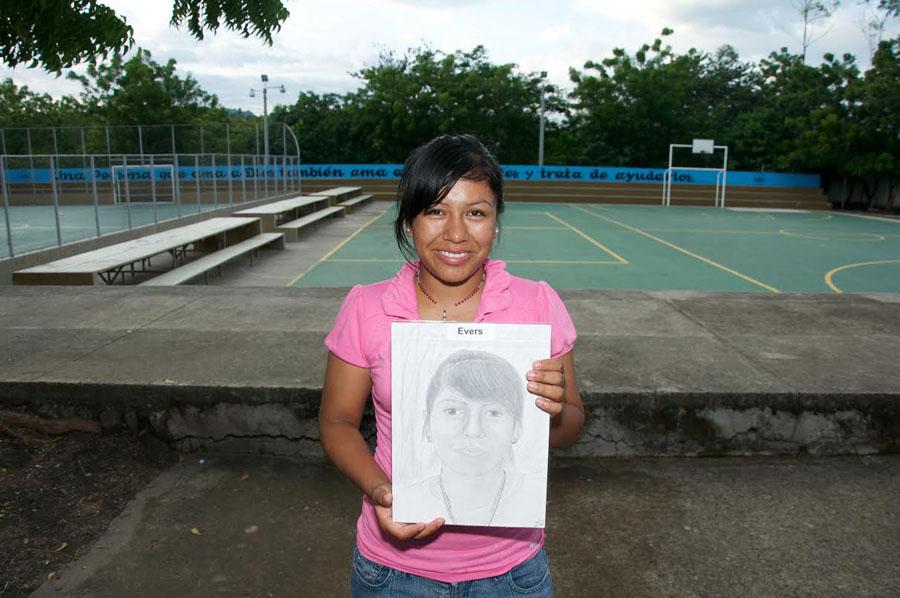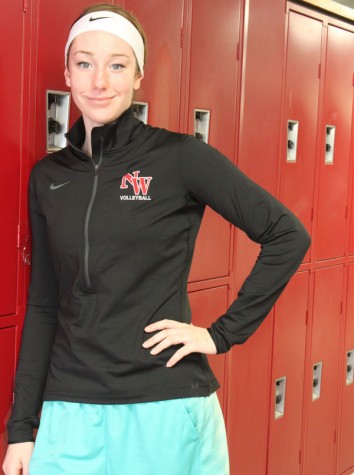Giving back with portraits
Orphaned children given hand-made drawings of themselves
Oct 30, 2014
Thousands of children across the world become orphans every day. With nowhere else to go many end up in orphanages, sometimes even separated from any remaining family.
Art teacher Ms. Evers has brought the Memory Project to Northwest, with a goal to bring something to orphaned children who have nothing.
The founder of the project, Ben Schumaker, sends pictures of children to willing high school art teachers who then assign them to their students to draw portraits of. From there the pictures are sent to the child in the original photo.
“These children have practically nothing to call their own except the clothes on their backs. I’ve seen the video of them receiving the pictures, and there are no words to describe the sheer joy on their faces when they saw their pictures for the first time,” said senior Paige Beveridge. “They were smiling and laughing and showing each other their pictures as if they were made out of gold. So I think what those pictures mean to them is something they can call their own.”
Evers was almost unable to join the program due to the 15 dollar fee for each picture, but was able to make a deal with Schumaker. Instead of paying the money, he sends the pictures that are left over.
“Most of the pictures we get are of the older children,” said Evers. “The younger ones are usually the ones that get drawn first.”
The project was officially created in 2004 after Schumaker took a trip to Guatemala to help children in need. That was where he realized that those children would never have any pictures or mementos to remind themselves of their childhood, and the idea for The Memory Project was born.
So far, nearly 50,000 portraits have been sent to children around the world. The drawings that have been done at Northwest have been sent to Al Salvador, Guatemala, Haiti, and Mexico.
The biggest struggle that The Memory Project has moving forward is the budget cuts that are being made to art programs across the country. Schools are beginning to reduce the funding to their art programs or are eliminating them altogether. Though Northwest is not getting rid of the curriculum, the budget does not allow for extra expenses and as more schools face similar problems the availability of artists decreases.
The goals for the initiative moving forward is to make the project part of every high school curriculum. The compassion and reality that it brings to the students who look into the eyes of that child every day is one of the biggest reasons Schumaker decided to start it.
“And if it can raise the net level of compassion in the world by that much, I’ll be happy,” said Schumaker.
The Memory Project is beginning to touch the lives of people throughout the world, whether it is the child receiving the picture or the one drawing it.







